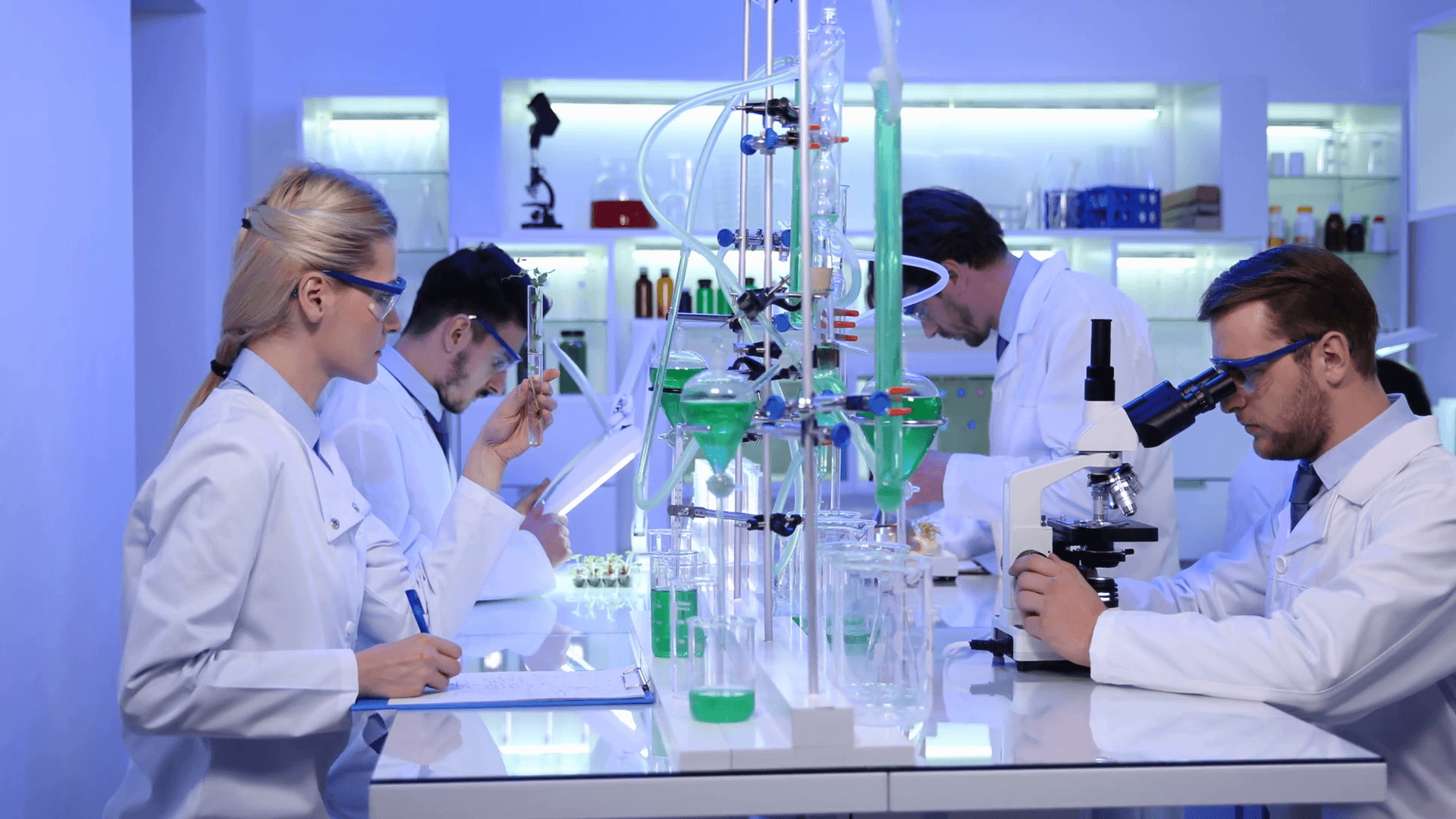
Laboratories are places of discovery where students learn and apply their knowledge. However, labs can also expose researchers to various hazards from chemicals and instruments used for experiments, which might lead to accidents.
For example, a chemical spill or a short circuit can cause injuries or property damage. That is why researchers should prioritize safety in the laboratory. Safe labs protect people and property and allow researchers to learn and experiment confidently. Here’s a guide to promoting safe labs in education and industry.
Quality Equipment
Researchers can create a safe lab by safely storing hazardous materials, such as chemicals, and following standard rules. They also need to buy quality tools and supplies that minimize the risk of accidents and injuries.
Poor-quality equipment breaks easily, causes errors, and increases the risk of accidents. However, reliable equipment makes experiments accurate and safe. Many researchers prefer to source their lab supplies from trusted lab equipment manufacturers. For example, companies like MIDSCI provide high-quality lab instruments that meet safety standards.
Using durable and reliable lab instruments ensures that students and researchers can focus on learning and discovery without constant safety concerns. Therefore, the quality of the lab equipment can determine how safe the lab and the experiments will be.
Clear Checklist
Researchers should develop rules for handling equipment and chemicals in the lab to minimize accident risks. Clear signs, good lighting, and proper ventilation can also help to reduce risks. However, labs that host different research groups, such as students, teachers, and visitors, have a higher risk of accidents and injuries.
A clear checklist reminds these research groups of the safety rules and regulations they should follow in the laboratory. This checklist should discuss protective clothing and the safe use of lab equipment. It should also provide emergency contacts.
Safe Storage
Safe labs store their chemicals and reagents in clean, locked cabinets. This ensures that only competent and authorized researchers can access them. Proper storage also prevents spills and accidents.
However, if the lab does not have proper storage, unauthorized individuals might access and mix dangerous chemicals or substances. Therefore, lab supervisors should conduct regular inspections to ensure that all chemicals have labels and are stored in the right place.
Safe storage also makes it easier to determine when to order more chemicals or supplies. Besides, students and lab managers can find what they need easily without confusion.
Proper Training
Chemicals are not the only risks in a lab. Machines, glassware, tools, instruments, and even computers can expose researchers to substantial risks. However, lab managers train students and researchers to safely use various tools and equipment. This training prevents breakages and protects users from injury.
However, if researchers skip training, they might cause accidents due to the wrong handling of lab equipment. Therefore, laboratory managers should make safety training a priority. They should also conduct regular checks to confirm that tools and machines are in good condition.
Emergency Preparedness
Accidents can still happen even in the safest labs, so emergency preparedness is important. Safe labs always have fire extinguishers, first-aid kits, and emergency exits. Lab users should know where these safety equipment and supplies are and how to use them.
Lab managers should also conduct emergency drills so that people learn how to react during an emergency. Without these drills, lab users may panic during emergencies, increasing the risk of injuries. Emergency preparedness can save lives when accidents happen in the laboratory.
These tips can improve lab safety and reduce the risk of accidents. Lab managers should buy quality lab instruments, create a safety checklist, install lockable storage, and prepare for emergencies. These measures minimize unauthorized access to lab chemicals and equipment and guide researchers on how to use these supplies safely.
